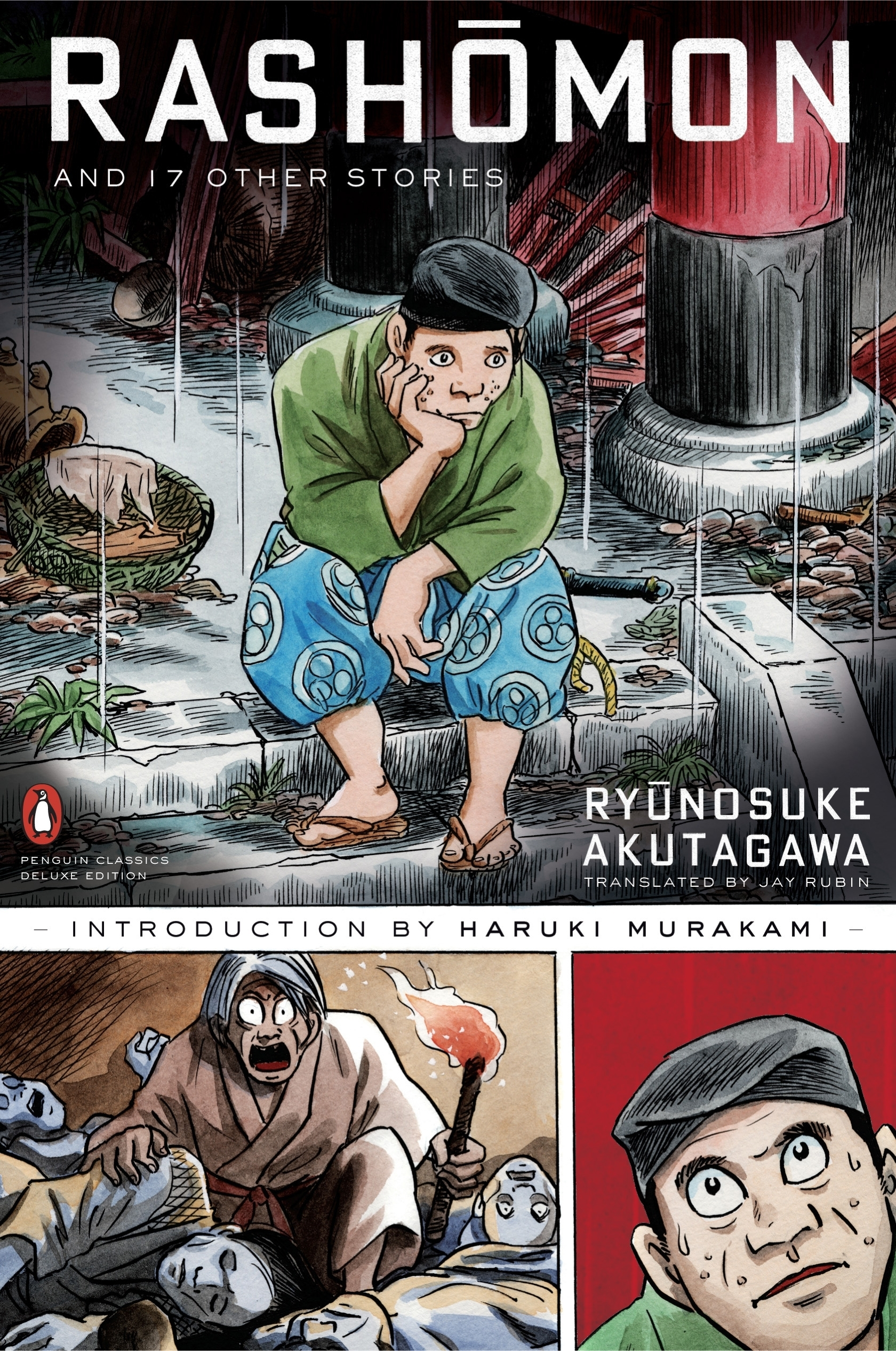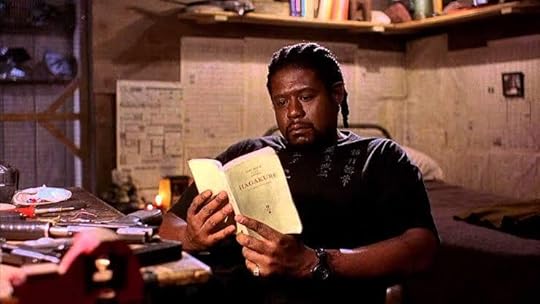What do you think?
Rate this book


268 pages, Paperback
First published January 1, 1927
Early this mornin', when you knocked upon my door
Early this mornin', ooh, when you knocked upon my door
And I said, "Hello, Satan, I believe it's time to go"
Me and the devil, was walkin' side by side
Me and the devil, ooh, was walkin' side by side
-Me and the Devil Blues-
Robert Johnson



